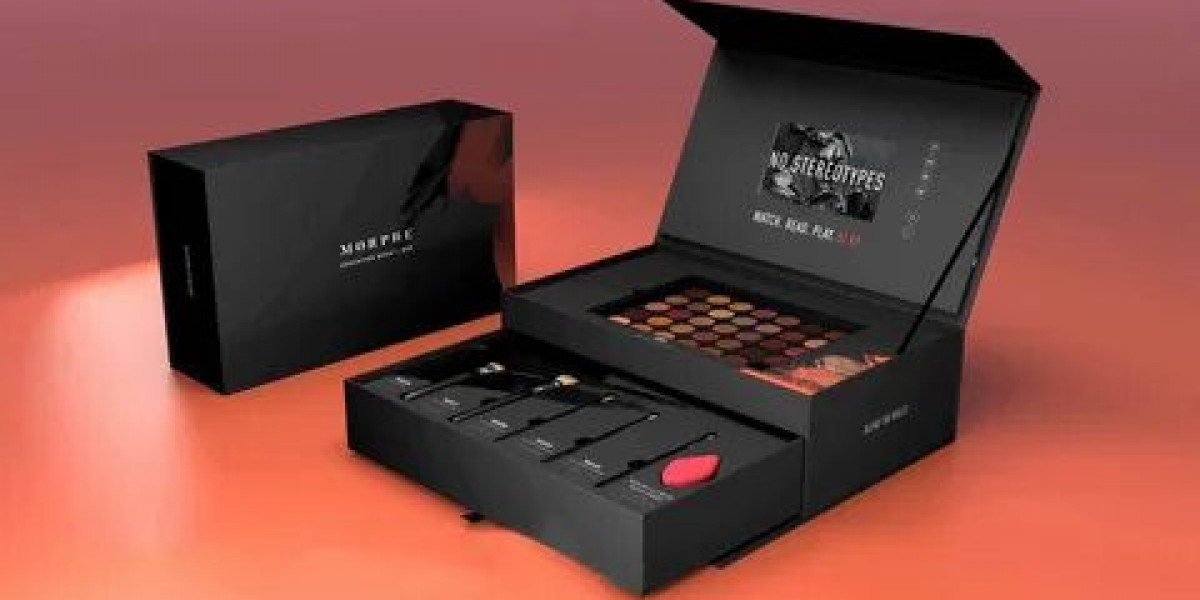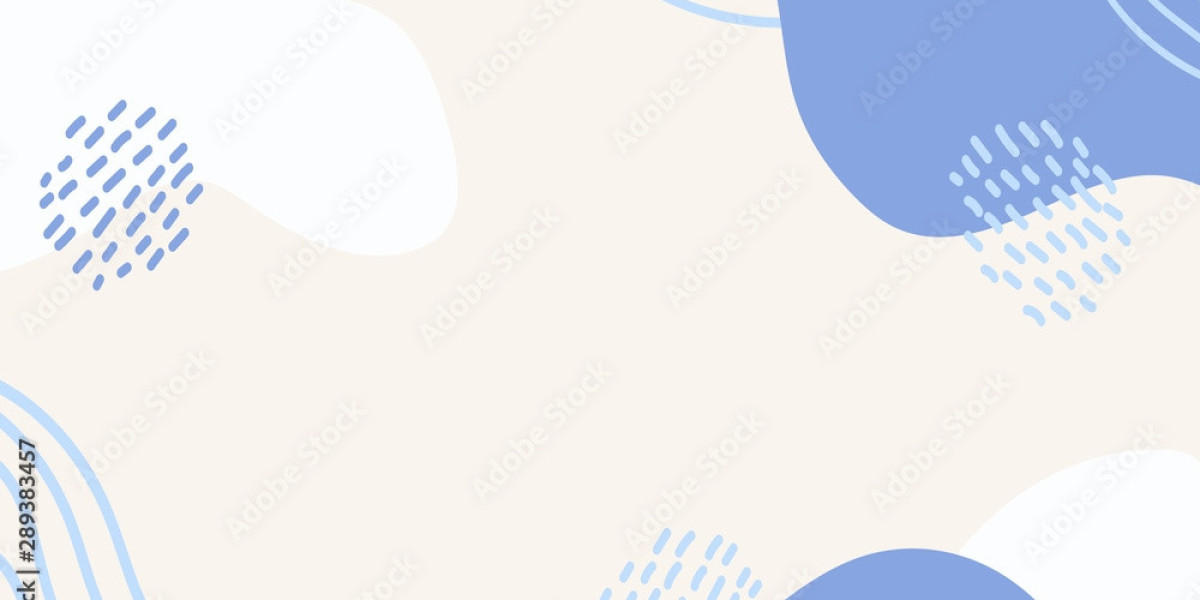Wet molded fiber is a packaging material created from recycled paper and water, molded into precise shapes using heat and pressure. Unlike traditional plastic or foam packaging, wet molded fiber is biodegradable, compostable, and sourced from renewable materials. This makes it a cornerstone of sustainable packaging solutions. By forming custom-fit designs around products, it provides not only environmental benefits but also superior protective capabilities. Manufacturers across industries, from electronics to luxury goods, are turning to this eco-friendly option to align with global sustainability goals.
The process begins with pulp slurry, typically made from post-consumer or virgin paper. This slurry is poured into custom molds and vacuum-formed, allowing the fiber to conform to intricate product geometries. After pressing and drying, the result is a dense, rigid shell that cushions and cradles delicate items. This advanced molding technique allows wet molded fiber to be customized for various shapes and weights, reducing movement within packaging during transit. Its versatility and environmental profile make it an attractive alternative to plastic-based solutions.
Superior Protection Through Structural Integrity
One of the key advantages of wet molded fiber is its ability to deliver robust structural support. Unlike loose-fill packaging materials or cardboard inserts, wet molded fiber packaging is formed to hug the exact contours of a product, distributing pressure evenly and minimizing impact damage. This level of protection is particularly beneficial for fragile electronics, medical instruments, and glassware, where even minor jostling can cause significant harm. Its shock-absorbing capabilities also reduce the risk of breakage during shipping and handling.
The rigidity of wet molded fiber ensures that items remain securely in place, even in the face of vibrations or sudden movements. Because it conforms tightly to the product, there's little to no space for the item to shift within the package. In industries such as automotive and consumer electronics, this translates into fewer returns, less waste, and improved customer satisfaction. Furthermore, unlike polystyrene or foam inserts that can degrade or crumble over time, wet molded fiber maintains its structural integrity through a wide range of conditions, including humidity and heat.
Customization and Aesthetics in Modern Packaging Design
Wet molded fiber offers unparalleled customization options that enhance both functionality and aesthetics. Brands can shape their packaging to reflect the unique form of their products, while also incorporating logos, textures, and other branding elements directly into the molded surface. This not only improves the unboxing experience but also creates a visually appealing package that communicates quality and attention to detail. In sectors like cosmetics, premium beverages, and consumer electronics, this attention to design detail can significantly influence buying decisions.
The design versatility of wet molded fiber allows for the creation of sleek, modern packaging that aligns with a brand’s identity. Smooth curves, clean lines, and embossed finishes are all achievable, creating a sophisticated look without compromising on sustainability. Additionally, color dyes and natural finishes can be used to further enhance visual appeal. This dual advantage of protection and presentation is why many high-end brands are shifting toward wet molded fiber for their packaging needs—it allows them to stand out on shelves while staying environmentally responsible.
Cost-Effective and Environmentally Friendly Manufacturing
While the upfront tooling for wet molded fiber molds can be higher than for traditional packaging materials, the long-term cost benefits are substantial. The raw materials—primarily recycled paper—are inexpensive and widely available. Production processes are energy-efficient, especially when using closed-loop water systems and renewable energy sources. Once operational, these systems can produce large quantities of packaging at a low unit cost, making wet molded fiber a viable solution even for mid-sized businesses seeking cost-effective, sustainable options.
From an environmental standpoint, wet molded fiber is a zero-waste material. It is fully recyclable and compostable, which reduces landfill contributions and carbon footprint. In fact, many manufacturers design their packaging to be curbside recyclable, aligning with increasing consumer demand for environmentally responsible products. Compared to petroleum-based packaging, which can take centuries to degrade, wet molded fiber typically decomposes within weeks in composting conditions. For companies looking to reduce their environmental impact while maintaining high standards of product protection, this material offers the best of both worlds.
Future Trends: Innovation and Industry Applications
As industries continue to seek greener alternatives, wet molded fiber is gaining traction across a wide range of applications. In addition to electronics and consumer goods, the food and beverage sector is increasingly adopting molded fiber trays, clamshells, and drink carriers. The healthcare industry is also exploring wet molded fiber for medical device packaging due to its sterility potential and cushioning capabilities. As the technology matures, even more industries are expected to adopt this versatile material to enhance both sustainability and functionality.
Emerging innovations in wet molded fiber technology include water-resistant coatings, microwave-safe designs, and hybrid solutions that combine fiber with other sustainable materials. 3D printing of molds and AI-driven design software are also speeding up development timelines and improving customization capabilities. These advancements make wet molded fiber not just a sustainable option but a high-performance one as well. As regulatory pressures mount against single-use plastics and as consumer awareness of environmental issues grows, wet molded fiber is poised to become the gold standard in protective and stylish packaging solutions.





